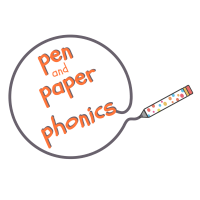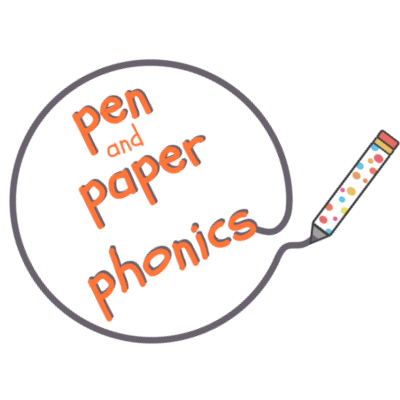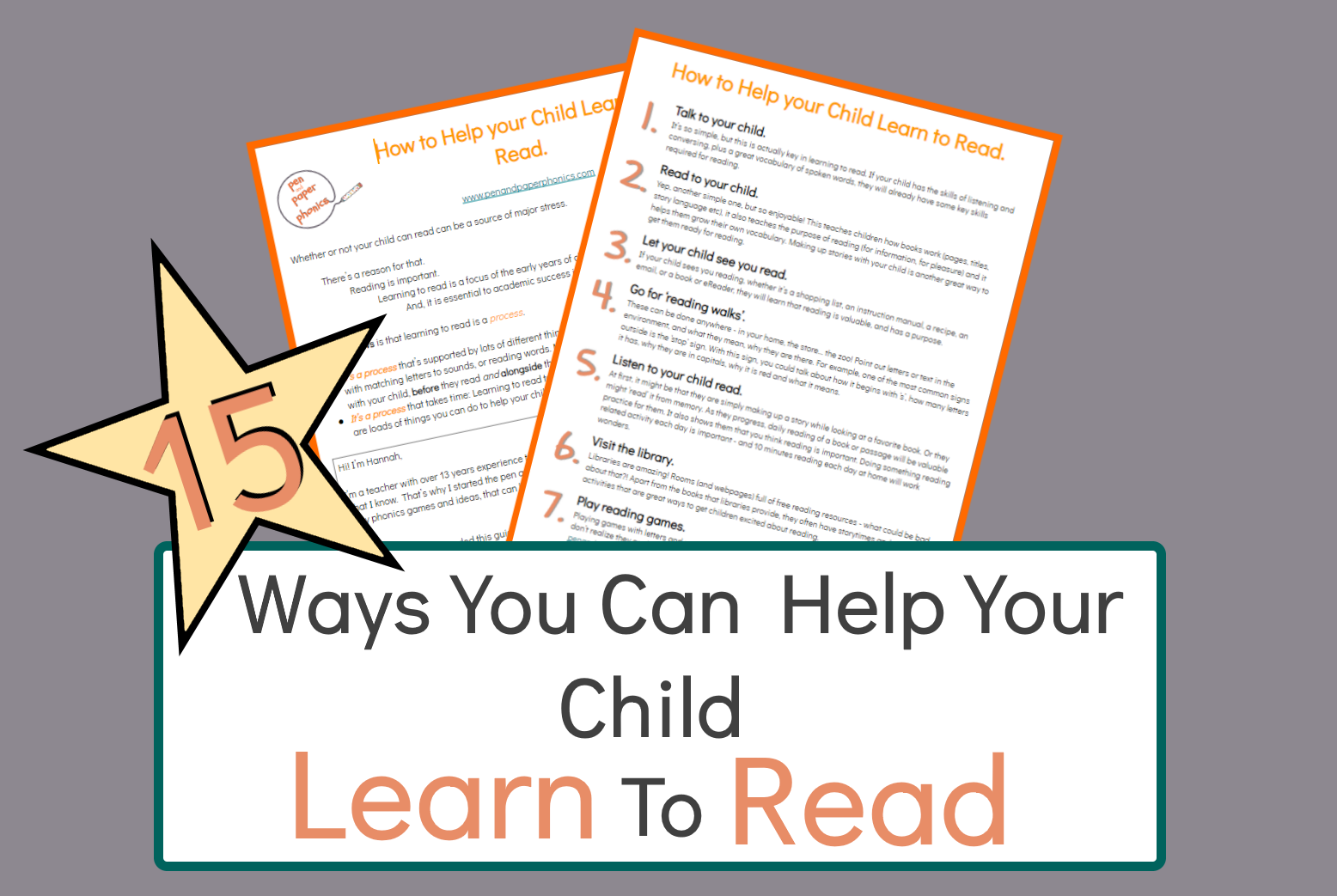
I love this quick activity. It is so simple to prepare, and easy to adapt to whatever the learner is struggling with.
As its name suggests, it is an activity where the student circles the letters. Therefore, it is great for reinforcing letter – or alphabet – recognition.
In particular, this activity teaches the child to say the name and sound of the letters. Because it is so simple, often children do this activity quite independently.
Related content: Letters and Sounds Explained
Before you begin, you might want to know if this activity is right for your child or student. Click here for information to help you decide.
Circle the Letters Alphabet Recognition Activity
What you will need:

- A large sheet of paper
- Pens
- A list of sounds you want to practice
How to play:
- Write each letter that you want to practice in the top corner of the large piece of paper.
- Then write the letters repeatedly all over the paper. Vary the size of the letters.
- The next step is to go through the letters at the top of the paper and ask your child to say the name and the sound it makes.
- Then give your child or student the pens and get them to choose a color for each letter. Next, ask them to circle the letter at the top in that color (allowing them to choose the color of each letter gives a little control to the child over their learning, and helps to keep them engaged).
- Then start with the first letter and ask them to find and circle all the letters that they see in the color they have chosen for that letter.
- As they do this, talk to them about what they are doing. Use the language of sounds and letters, for example asking them, “What sound is it?” Or saying, “Well done, you found all the ‘a’ letter sounds.”
- When they have finished, go over all the letters they have found one last time.
To note
Not every game or activity goes to plan! Here are some things to watch out for:
- This is a very simple activity, which is why I love it. So there is not much that goes wrong. The only thing to make sure of is that you don’t overcrowd the page with letters, otherwise it can make the activity more difficult.
How to adapt
There are lots of ways to adapt this ‘Circle the Letters’ activity. Here are a few:

- Use it as an opportunity to identify letters that look similar, especially if that is something your child or student struggles with. If you use this adaption, only choose one set (e.g. ‘u’ and ‘n’). Don’t use all the sets as it will be too difficult. Often, if children struggle with similar letters, they will need lots of different activities and memory hooks to help them distinguish the letters. This activity can help with this. Similar letters are letters such as,
- ‘u’ and ‘n’,
- ‘b’ ‘d’ ‘p’ and ‘q’,
- ‘i’ and ‘j’.
- Make it into a game. For example, “How many ‘d’s can you find in 1 minute?”, or “Can you find all the letter ‘c’s in two minutes?” You could even make a sheet for yourself and have a race to see who can find all the ‘h’s first.
- A fun addition to this activity is to use a magnifying glass. Children love props, and using a magnifying glass can make the activity more engaging.
- A last adaptation would be to use it to practice the difference between vowels and consonants. For instance, use two colors, one for circling vowels and the other for circling consonants:

Here’s how it looked when I did it in ‘real life’!

Related Content:
Is this Circle the Letter Alphabet Recognition activity right for my child?
Sometimes, it can be difficult to know if an activity will be helpful for your child or student. For this activity, the questions below might help:
- Is your child linking sounds to letters. Do the the know that ‘a’ says /a/?
- Do they know some or all of the letters in their name? This is a quick way to see if they recognize print/the written word.
- Are there a few letters that they consistently struggle to recognize?
- Do you want to consolidate some learning that your child or student has been working on for a while? I often use this activity when I have taught something a while, and want to check which letters my student is confident in recognizing.
If the answer is ‘yes’ to these questions, then this circle the letters activity will be a great way to teach or reinforce alphabet recognition. If you are still not sure about if your child is ready to learn letter recognition, this is a great post to get more information.




